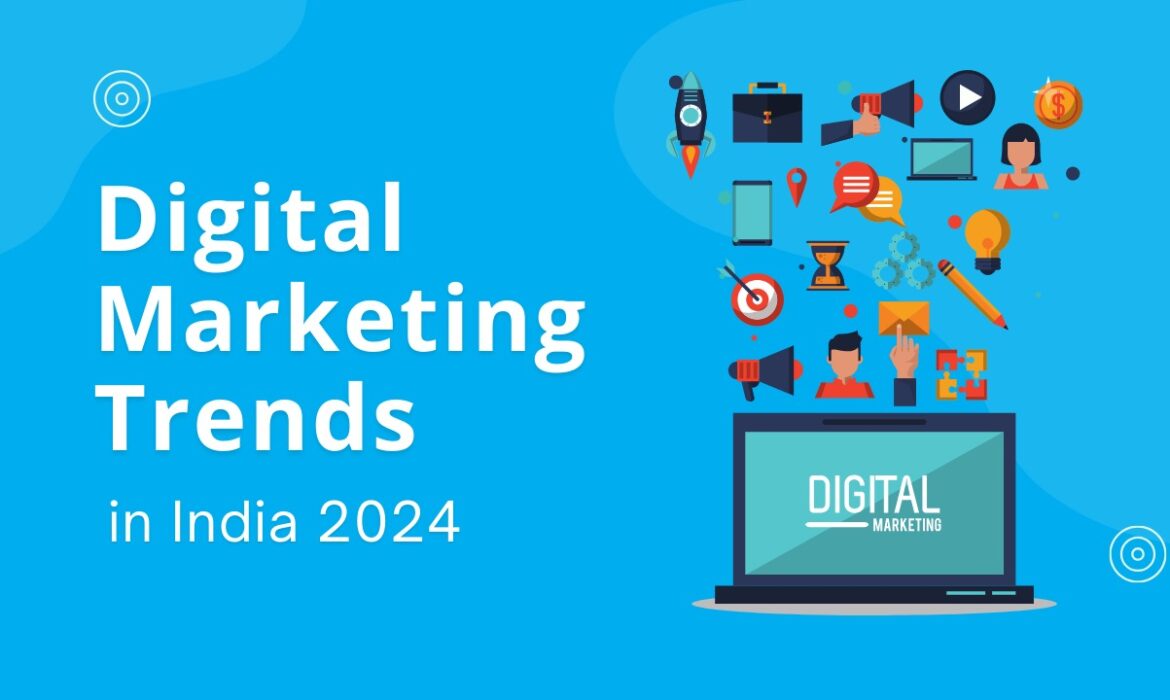Companies employ various strategies (material, communications, adverts) to directly address their audience or to reach them where they hang out (e.g., social media, Google Search) (e.g., text messages, emails). One could choose a few channels or all of the ones that are offered.
- Organic search: The term “organic search” refers to a search engine’s unpaid search results. One of the foundations of the entire internet is organic search. 68% of all internet activities start with a search engine. Search engine optimization is the process of making web pages more appealing to search engines in order to boost traffic and presence there (SEO).
Pros:
- ongoing traffic without any ad spend
- cumulative impact
- The entire marketing funnel can be influenced by SEO content.
- relies less on finance and more on ingenuity and quality
Cons:
- It takes time to rank highly on search engines.
- Several uncertainties
- Effects for newcomers are delayed
- Social Media: Via organic reach or by paying to reach a specific audience, social media platforms are used to engage brand followers and other users. Not merely Facebook, Twitter, or LinkedIn constitute social media. The same applies to messaging-only applications like Discord, Slack, and WhatsApp. Do consumers of social media “consume” brand content? Surprisingly, 90% of Instagram users follow a company.
Pros:
- Enables you to communicate with your audience directly
- Takes advantage of the vast audience gathered on social media platforms
- Improve client service
- Enables you to execute ad campaigns with a very specific audience.
- Promotes brand loyalty
Cons:
- Makes you susceptible to insults and “trolls
- The number of resources needed to maintain consistent outcomes will depend on the social media platform.
- Declining organic reach on well-known social networking sites.
- Video Marketing: You can disseminate your content and advertisements in a video format using this marketing channel. Is video marketing effective? These figures appear to be self-explanatory:
- 70% of people who saw a brand on YouTube made a purchase from it (Google).
- In order to learn more about a product or service, 96% of people have watched an explainer video.
Basically, video marketing is about two things:
- Video can make such a difference compared to other media that focusing on this form of content has become a different type of marketing. Utilizing video instead of words and graphics to interest the audience.
- Using sites with a focus on video, such as YouTube and reels – Given the size of the audiences on these platforms, it makes sense for many firms to produce films just to be present there.
Pros:
- One image can convey a thousand words. This channel should be used if demonstrating your product is simpler than explaining it.
- Video is excellent at catching attention and can be more interesting than textual content.
- can be modified and applied to a variety of other systems.
Cons:
- Often requires a lot of resources ( time, people, money)
- Updating it is more difficult than written content.
- Advertising: In order to broadcast your message next to or in place of ordinary material, you must pay media outlets with access to your audience through advertising. The similar concept has been used to digital advertising on the internet (aka paid traffic or paid media). Advertising is still alive. The majority of B2B and B2C marketers use sponsored content distribution, despite the fact that content marketing appears to be the ideal substitute.
Pros:
- A quick approach to acquire outcomes.
- Enables accurate targeting
- It is simple to measure, control, and scale and can be used to promote anything, including products, content, or the brand itself.
- Numerous advertising platforms and ad styles
Cons:
- Has conditions like banner blindness and ad fatigue.
- Web browsers are increasingly blocking third-party cookies and using ad blockers by default.
- Negative advertising can harm your brand.
- Email marketing: With email marketing, you may deliver communications to your prospects’ inboxes that either demand a specific action or are intended to establish a lasting relationship with the brand. Building an email list (for instance, using a newsletter) or sponsoring another person’s newsletter are two ways to acquire a “direct line” to your audience (a mix of advertising and email marketing). Be aware of the expectations for success on this channel.
Pros:
- Extremely customizable and segmentable
- A quick method of immediately reaching your target market
- A cost-effective solution to perform e-commerce campaigns and lead nurturing
- Simple to measure
Cons:
- Building a good email list organically (and legally) takes time
- If you go too far, you can violate the law on email marketing.
- It’s challenging to stand out among hundreds of other emails and attract attention.
Aimglobal, a digital marketing company, strives to incorporate these concepts as well as others in order to keep your business up to date with the most recent trends and to aid in its growth.


